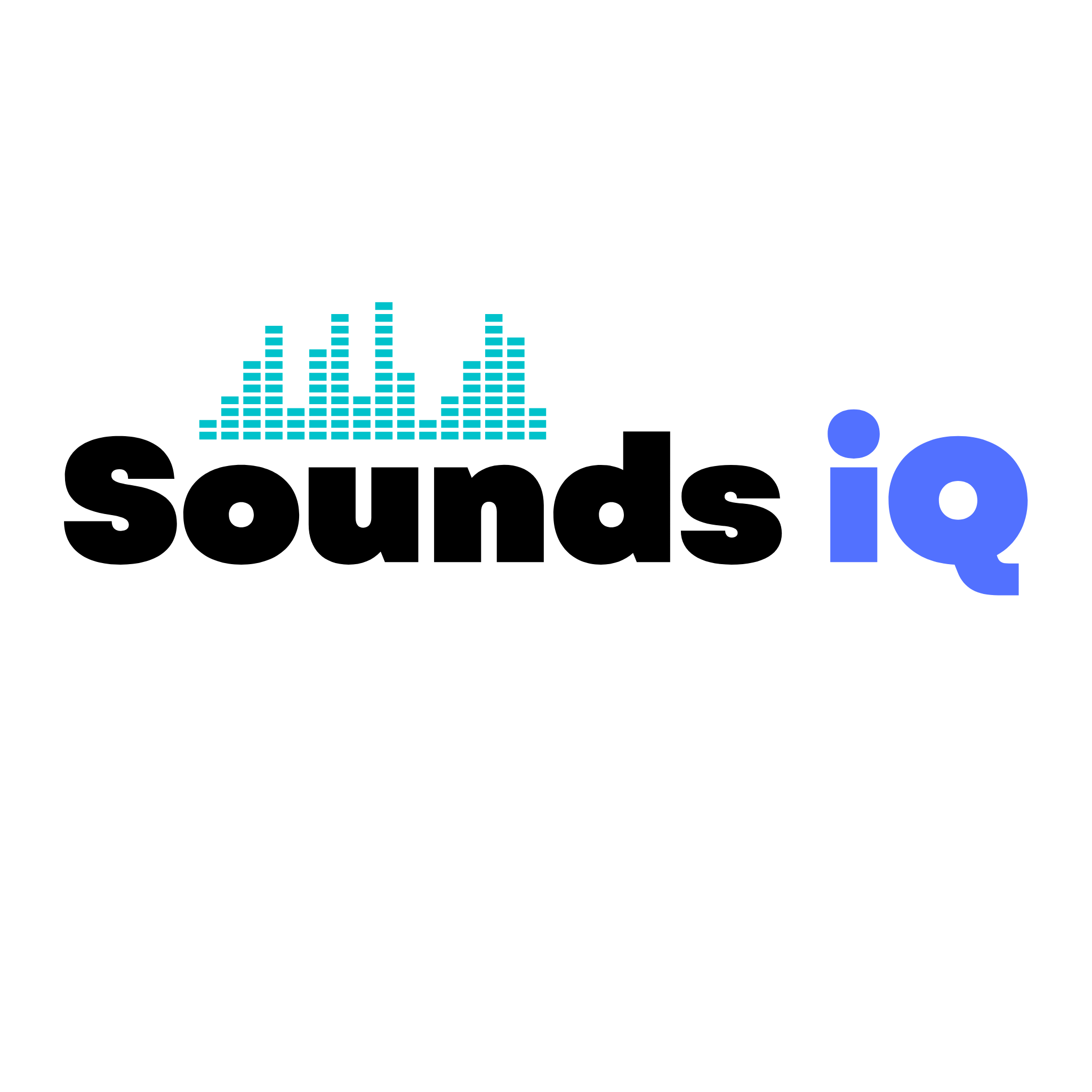Affiliate Disclaimer
As an Amazon Associate, we earn from qualifying purchases.
Studio monitors are a crucial piece of equipment for anyone who works in audio production. Whether you’re recording, mixing, or mastering, having accurate and reliable monitors is essential for creating professional-quality recordings. In this post, we’ll explore why studio monitors are important, their value, and what makes them interesting.
Table of Contents
ToggleWhy Studio Monitors Are Important?
Studio monitors are important because they allow you to hear your audio accurately and without any coloration. Unlike consumer speakers, which are designed to enhance certain frequencies to make music sound more pleasing to the ear, studio monitors are designed to reproduce audio as accurately as possible. This means that you can hear exactly what’s in your mix, without any surprises when you play it on other systems.
Accurate monitoring is essential for making informed decisions about your mix. If your monitors are coloring your audio, you may end up making decisions based on inaccurate information. For example, if your speakers are boosting the bass frequencies, you may end up cutting those frequencies too much in your mix, resulting in a thin and weak bass sound when played on other systems.
In addition, studio monitors allow you to hear the details in your mix that might be missed on consumer speakers. This is especially important when mixing and mastering, where you need to make precise adjustments to achieve a balanced and polished sound.
The Value of Studio Monitors
While studio monitors can be expensive, they offer significant value to anyone who works in audio production. Investing in a good set of studio monitors can save you time and money in the long run, as you’ll be able to make more informed decisions about your mix and avoid costly mistakes.
In addition, studio monitors are built to last and can provide reliable performance for many years. Unlike consumer speakers, which are often designed to be disposable and replaced every few years, studio monitors are built to withstand the demands of professional use.
Finally, studio monitors offer a significant improvement in sound quality compared to consumer speakers. While consumer speakers may sound good for casual listening, they are not designed to provide the accuracy and detail required for professional audio production.
What Makes Studio Monitors Interesting?
Aside from their importance and value, studio monitors are also interesting from a technical standpoint. They are designed to provide a flat frequency response, meaning that they reproduce all frequencies equally. Achieving a flat frequency response requires careful design and engineering, and the result is a speaker that can reproduce audio with incredible accuracy.
In addition, studio monitors often use advanced technologies like bi-amplification, where separate amplifiers are used for the woofer and tweeter, and active crossovers, which allow for precise control over the frequency response. These technologies allow for even greater accuracy and detail in sound reproduction.
Finally, studio monitors are often designed with aesthetics in mind. They can come in a range of colors and finishes, and some manufacturers even offer customization options. This allows you to choose a set of monitors that not only sound great but also look great in your studio.
Conclusion
In conclusion, studio monitors are a crucial piece of equipment for anyone who works in audio production. They allow you to hear your audio accurately and make informed decisions about your mix, saving you time and money in the long run. While they can be expensive, they offer significant value and are built to last. And from a technical standpoint, they are interesting and impressive pieces of equipment that are designed to provide unparalleled accuracy and detail in sound reproduction.
Enhance Your Monitoring Experience: Must-Have Accessories for Studio Monitors
When it comes to music production, having accurate monitoring is essential for achieving professional-quality results. Studio monitors, in particular, are designed to provide a flat and accurate frequency response, allowing you to hear your recordings and mixes as they truly are.
However, even the best studio monitors can be affected by external factors like room acoustics, placement, and vibrations. This is where accessories like isolation pads, stands, and acoustic panels can make a big difference. Isolation pads, for example, can help to reduce vibrations and isolate your monitors from your desk or stands, while stands can help to position your monitors at the correct height and angle for optimal listening. Acoustic panels can also help to treat the acoustics of your room, reducing unwanted reflections and improving the accuracy of your monitoring.
Other accessories like XLR cables, subwoofers, and calibration microphones can also play a role in achieving accurate monitoring. XLR cables with high-quality connectors can improve the sound quality of your monitoring, while subwoofers can help you to accurately monitor low frequencies. Calibration microphones can be used to measure the frequency response of your studio monitors and adjust settings accordingly.
Overall, investing in high-quality studio monitors and accessories can make a big difference in the quality of your music productions. By providing accurate and reliable monitoring, you’ll be able to make informed decisions when it comes to mixing and mastering your music, leading to better results and a more professional sound.






